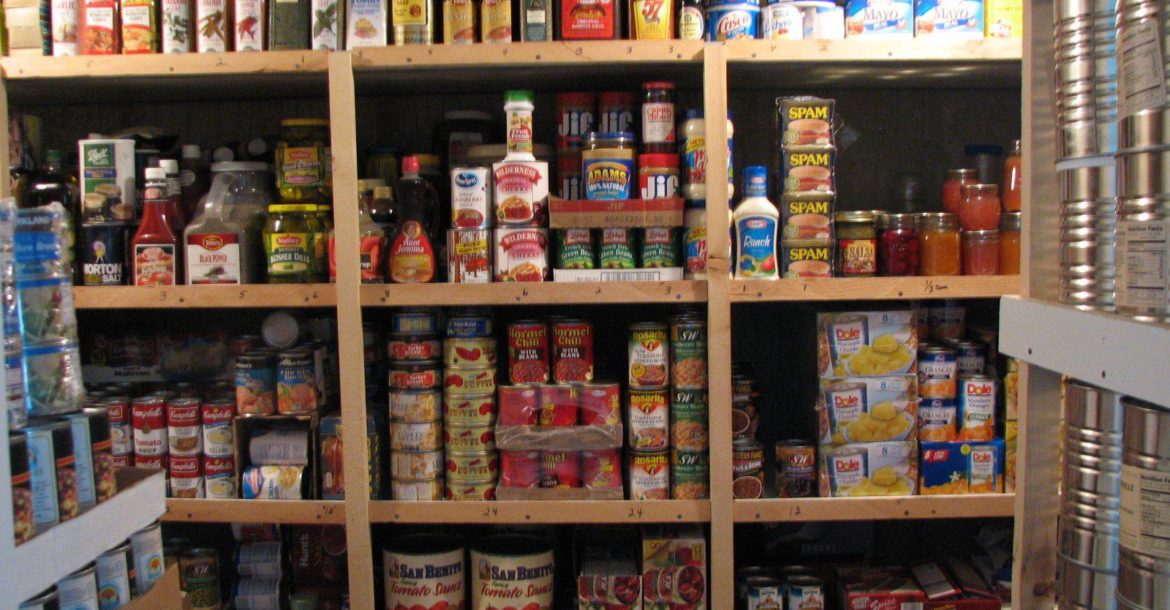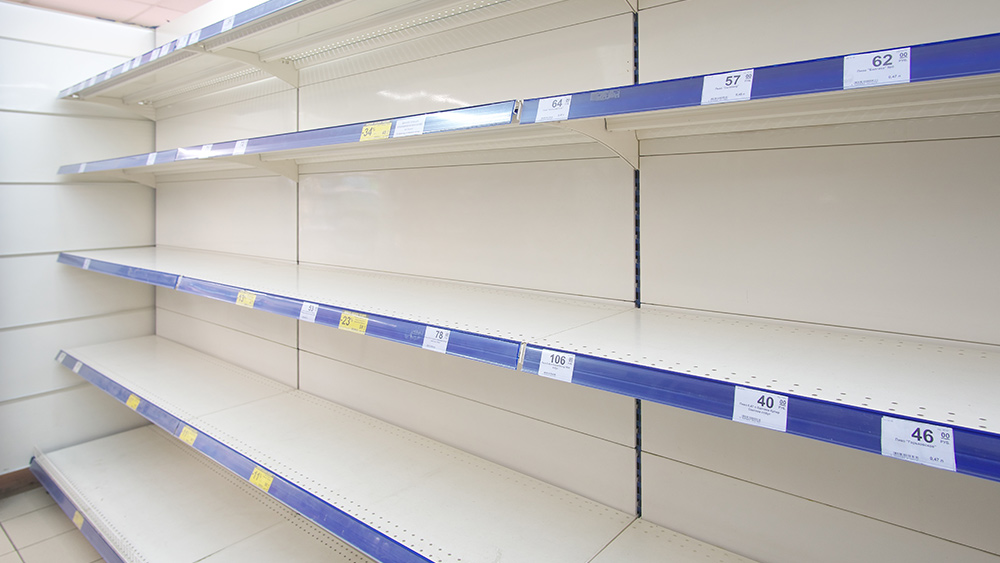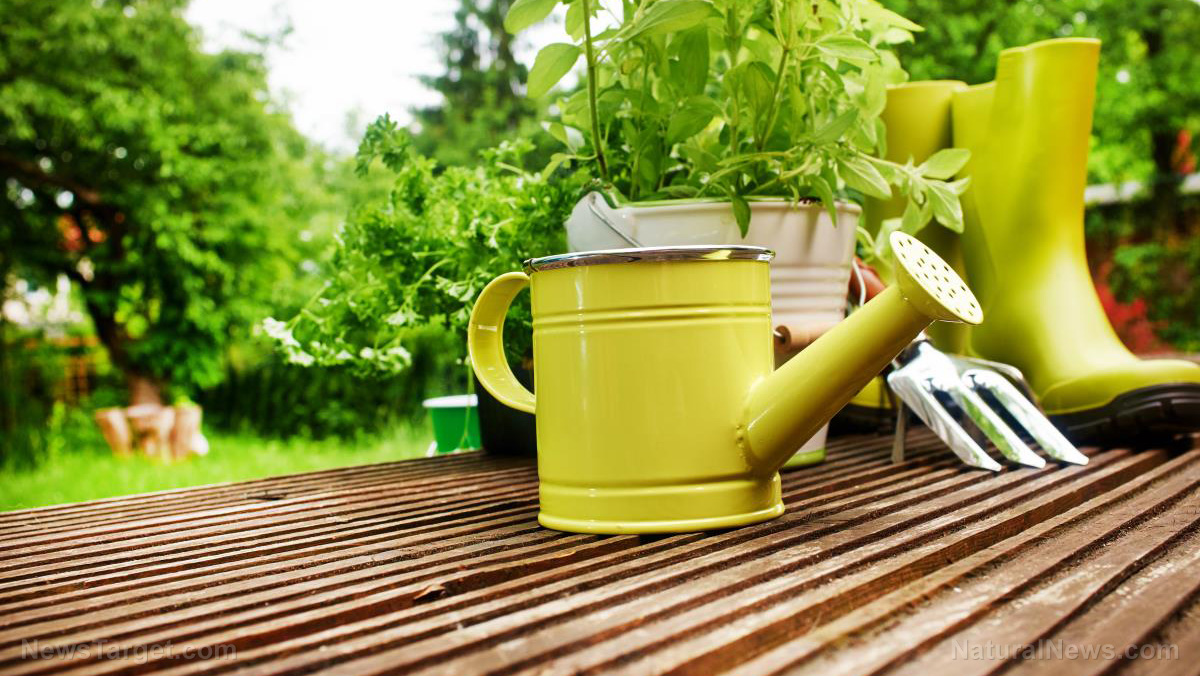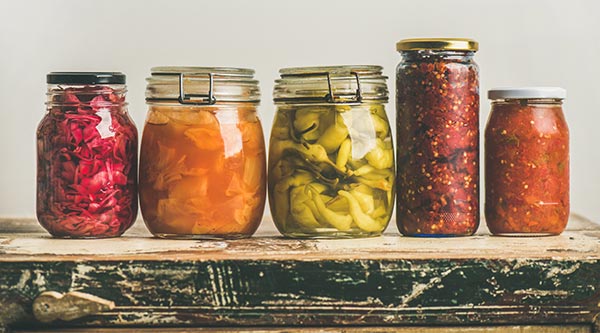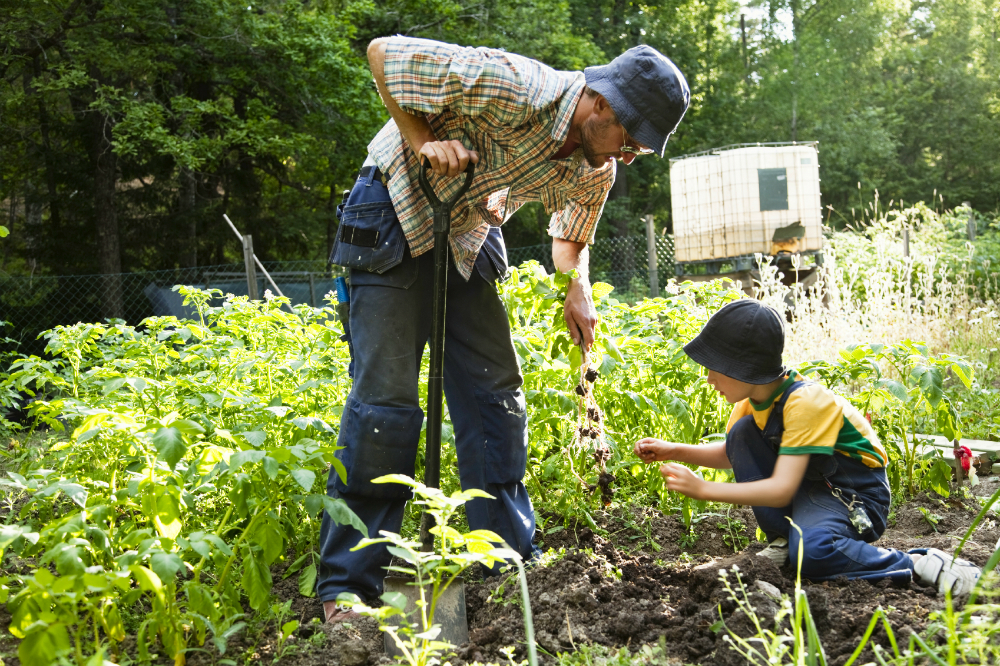Prepping basics: A multi-step guide to planning a safe road trip
06/08/2022 / By Zoey Sky

Spontaneous road trips might seem like a lot of fun, but if you’re a prepper, you know that it’s important to always plan ahead, even when you’re on a vacation. This ensures that when SHTF, you already have a plan B and C to help with your survival. (h/t to Mind4Survival.com)
If you’re planning to go on a road trip with your family or some friends, follow the guide below so you know what to pack and plan before you hit the road.
Things to consider during general road trip planning
After you decide where you’re going and when the trip will take place, finalize the details of your trip.
Potential routes
Like when planning for a bug-out survival scenario, you need to have two or more potential routes to your destination. This way, if traffic is bad in one area, you can travel through another route for easier driving.
Weather
After you draft the general outline of your trip, research the weather for your trip. If your road trip doesn’t take place for several weeks or a month, check the historical weather trends along your potential route and at your final destination.
As the date for the trip gets closer, update your weather projections with up-to-date information. Prepare for heavy rains.
Crime and civil unrest
Even though you’re on vacation, you still need to examine the local crime statistics for your routes and destinations. This can help you figure out if there’s an area that is safer to stay or travel in than another.
Supporting road trip resources
When it comes to people who may be a value-added resource in a time of need, consider family, friends and other loved ones. Alternatively, consider public safety such as law enforcement or the fire department.
Keep track of helpful locations like hospitals, truck stops and other areas that are typically safe and helpful. Look at roadside assistance options such as the American Automobile Association (AAA) and others.
Specific route planning
Next, focus on where you’re going and how you will get there.
When planning road trips, break down your trip planner into two essential elements:
- The number of vehicles going on your road trip
- The individual phases you’ll have during the trip.
Detailed map recon and route planning
To plan your trip’s individual movement phases, fill in the on-the-road gaps between each destination, stopover and all of the locations on your itinerary.
Plan your driving phases using interactive mapping and planning apps to select and refine your specific routes.
Safe haven
When planning routes, include safe havens along the route and for each destination you stop at. Safe havens are locations where you can expect an increased level of safety and security if something goes wrong along the way.
Typical safe havens include police stations, hospitals and other 24-hour locations with security and a large number of people. Mark designated safe havens on your map with their location, address, phone number and other relevant contact information.
Print/create a map
Once you’ve decided on your routes, print a paper map copy of your overall trip. Doing this will be helpful if you find yourself in an area with limited connectivity or that isn’t well mapped in your mapping software.
Having a hard copy of a map will also be helpful if you’re trying to study your route along the way.
Vehicle planning
Having assigned seating isn’t always necessary on a road trip, but it can help you quickly figure out where people are or how they’re doing when an emergency happens.
Before the trip, appoint at least one person in charge of each vehicle. They will be responsible for ensuring everyone is accounted for before the car starts moving so no one gets left behind by accident.
Destination planning
For this step, you will plan the details of what you’ll be doing at the stops on your road trip.
Considerations include where you’ll be staying, such as a hotel or a homestay. You should also plan how to do things at your trip stops like the amusement park or beach.
Lodging considerations
When choosing a safe lodging, consider and explore where you will stay as you book hotels on your road trip. Before making reservations, check the location reviews and look for anything that makes you feel concerned about that location.
Security
Regardless of where you decide to stay, designate someone to be responsible for securing the house or room and your vehicles at night.

Addressing problems on the road
Here are some tips to help you handle various problems while on the road:
Threats and dangers en route or at a specific location
- Make sure your family is safe and secure.
- Escape the threat.
- If you’re stuck with the threat, figure out a safe way to deal with it.
- Call for help immediately after SHTF.
- If things aren’t resolved, move to your nearest and most accessible designated safe haven.
Specialty tasks
Medical
During road trip planning, you need to account for family members with certain health conditions or emergency medical issues.
Make sure you and other family members know the basics of first aid, emergency bleeding control and CPR.
Here are some items that you will need in a basic road trip first aid kit:
Basic first-aid items:
- Antibacterial wipes
- Hand sanitizer
- Instant cold pack
- Scissors
- Self-adhesive wrap
- Thermometer
- Tweezers
Items for skin problems:
- Aloe vera gel
- Antibiotic ointment
- Antiseptic
- Bandages (assorted)
- Calamine lotion
- Gauze
- Medical tape
Medicine for stomach issues:
- Antacids
- Anti-diarrhea medication
- Laxatives or stool softeners
- Motion sickness medication
Communications plan
Give everyone on the trip a physical copy of a contact list and have them enter it into their phone. The contact list should include everyone else who is on the trip, along with other critical trip-related contacts.
If the group gets separated, you can quickly get in touch with the contact list.
Before SHTF, have a call tree ready to go. This way, people won’t waste time trying to contact everyone else.
Brief the people you’re traveling with
With the road trip planning finalized, you also need to share it with others.
Be smart, reasonable and empathetic when briefing your road trip plans. If someone doesn’t have enough time for a detailed explanation, send them a brief overview.
Packing for the trip
Lastly, consider what to pack for your road trip. Make sure you already have the basics, like clothing and toiletries.
Below are some possibly not so often considered items for what to pack for a road trip.
Individual items
Individual items include items that are specific to a person’s health condition, needs and wants.
Defensive items
Don’t let your guard down while on a road trip and consider defensive items in your travel plan.
However, you should consider the legality of any defensive items you intend to bring. They should be legal in your state and in each state you plan on traveling through.
Some defensive items to consider besides firearms are pepper spray or stun guns. When transporting defensive items with children around, keep them locked up in a travel gun safe.
Group items
Group items include those shared among the people going on the trip with you, like a first aid kit or snacks.
First aid kit
As detailed in the section above, your first aid kit should include items you need to treat minor injuries, like bandages and antiseptic wipes. (Related: Planning a road trip? Don’t forget these 5 survival essentials.)
Food and water
Aside from handy road trip snacks and drinks, you should also pack some emergency food and water. If you get lost or are stuck in heavy traffic, you have extra food and water for everyone.
Go-bags
Space may be limited on a road trip with a group of people. If space is an issue, bring a go-bag or two for the group.
Vehicle items
You’ll need these items to handle any car trouble along the way:
- Car jack
- Jumper cables
- Jump starters
- Tire inflator
Planning a road trip, especially for a large group, may seem overwhelming. But if you plan ahead, you can make sure you can handle common obstacles if SHTF.
Watch the full video below of the “Health Ranger Report” with Mike Adams to know more about useful holiday travel tips.
This video is from the Health Ranger Report channel on Brighteon.com.
More related stories:
Essential supplies to pack in your first aid kit for a camping trip.
Disinfect and stay hydrated: 5 Ways to stay germ-free while traveling.
Why traveling is good for your mental health.
Sources include:
Submit a correction >>
Tagged Under:
bug out, Gear, off grid, preparedness, prepping, prepping tips, road trips, SHTF, survival, survival essentials, survival gear, travel
This article may contain statements that reflect the opinion of the author
Get independent news alerts on natural cures, food lab tests, cannabis medicine, science, robotics, drones, privacy and more from NewsTarget.com
Get independent news alerts on natural cures, food lab tests, cannabis medicine, science, robotics, drones, privacy and more from NewsTarget.com
RECENT NEWS & ARTICLES
COPYRIGHT © 2017 · SURVIVAL NEWS

